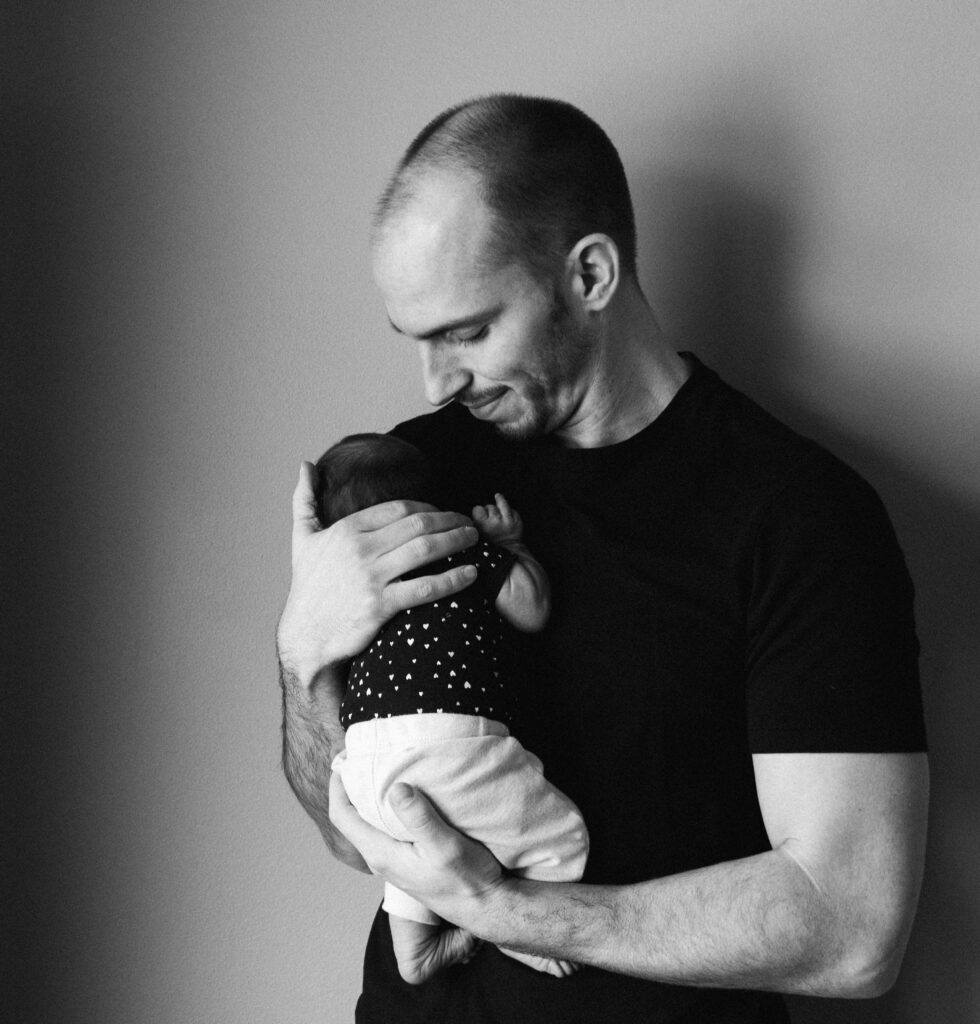Understanding Infant Communication
The unmistakable sound of your crying newborn can evoke a mix of emotions—concern, confusion, and often a desperate desire to provide comfort. Understanding the various reasons why babies cry and learning to decipher the unique sounds associated with each need can significantly ease the challenge of those hazy early months. Moreover, we can tenderly remind ourselves of how normal and healthy crying really is. Though your mental habits or that gaze from your mother-in-law might suggest otherwise, an infant’s crying is not our fault, and sometimes not even our job to “fix”; it simply is. In this post, I explore the various types of newborn crying, what they sound like, what they mean, and how we can most lovingly respond.
Hunger
One of the most common reasons for a newborn’s cry is hunger. The “neh” cry tends to be rhythmic and will likely escalate in intensity. In the first several months, feeding on demand reassures your baby of your attentiveness, and of their body’s cues. Look for your baby sucking their fists, turning towards anything that touches their cheek, or stretching towards the breast or bottle.
Need for Comfort or Closeness

Babies crave the warmth, touch and security of their caregivers. Along with cooing or babbling when they notice you approach, your infant might cry in a soft and whiny tone to bring you in close. Responding with attention, affection, and interaction can reassure your baby.
Discomfort, Sickness or a Dirty Diaper
A wet or soiled diaper, a hair wrapped around tiny fingers or toes, a scratchy hat, aches and pains, or becoming overheated can cause discomfort for your baby. The “heh” cry associated with this feeling is often sharp and urgent. Approach their cries with curiosity and responsiveness, but not haste. Your calm attention will help them to regulate their emotions and nervous system (as well as yours!) while the two of you work together to find the source of their discomfort. This is a great time to narrate your actions in a slow and loving voice. “Oh, I hear you! And I’m here. You sound really uncomfortable. Let’s see, could it be your diaper? … Or maybe you’re hot? I’ll take off your hat to see if that helps.” Of course, if the crying persists and other symptoms appear, get in touch with your pediatrician.
Sleepiness

Fatigue can make babies fussy, and the cry associated with sleepiness is typically an “owh” that may come with or without a yawn and some eye rubbing. Gently transition to rest time. In the first few weeks and months, as you and your baby get acquainted, you may find that this cry presents when your baby has actually become overtired. If so, it may take time and several soothing strategies to help them fall asleep, and their sleep might be brief or restless. Parents can wonder if they misinterpreted the cry, but it’s simply that a rise in cortisol has made restful sleep harder to come by. Not to worry! Be kind to yourself, and keep at it. Going forward, you can start to look for drowsiness cues before the sleepiness cry. Those are, staring off into space, a slowing of activity level, reduced eye contact, redness around the eyes, and pulling at their ears.
Overstimulation
Newborns are highly sensitive to their environment, and even activity levels that seem normal and manageable for us can cause overstimulation for newborns. A softer staccato cry that sounds like plain old sadness can be the sign. Where boredom may easily transition to laughter, the cries of overstimulation can escalate to shrieking. But first, you may simply notice your baby turning their head away from you or other stimuli. Be aware of their response to experiences or routines that are more than what their used to, and when overstimulation occurs, move to a quieter space, dim the lights, and reduce sensory input to help them (and you!) calm down.
Gas or Colic

“Eairh” or “eh”, accompanied by back-arching or pulling their legs towards their belly, can signal an infant’s discomfort from gas, burping or colic. Along with regular burping after feeding times and a change in position, refer to another of my articles for more tried and true techniques to help your baby: https://understandingmybaby.com/ways-to-soothe-a-colicky-baby/
More Tips for Deciphering Cries:
- Observe Body Language: Pay attention to your baby’s body language, facial expressions, and gestures. These cues can provide valuable insights into the specific need your baby is expressing.
- Experiment with Soothing Techniques: Try different soothing techniques, such as rocking, swaddling, or offering a pacifier, to see how your baby responds. Each baby is unique, and what works for one may not work for another.
- Establish a Routine: Establishing a consistent routine for feeding, sleeping, and playtime can help you anticipate and meet your baby’s needs before they escalate into cries.
- Consult with Healthcare Professionals: If you are ever uncertain about the cause of your baby’s crying or if the crying seems excessive, do not hesitate to consult with your pediatrician. They can provide guidance and rule out any potential health concerns.
In Conclusion
Deciphering your newborn’s cries is an acquired skill that comes with time and attentive parenting. By understanding the various reasons behind their cries and observing their unique cues, you can better respond to your baby’s needs and foster a deeper connection with your little one. Remember that every baby is different, and finding what works best for your child may involve some trial and error. As you become attuned to your baby’s communication, be kind to yourself; go slow, take lots of deep breaths, tag out with your partner or helper, and trust that crying is a healthy release of feelings. You and your baby have got this!
<3 Coach Nina
w: understandingmybaby.com
e: nina@understandingmybaby.com

